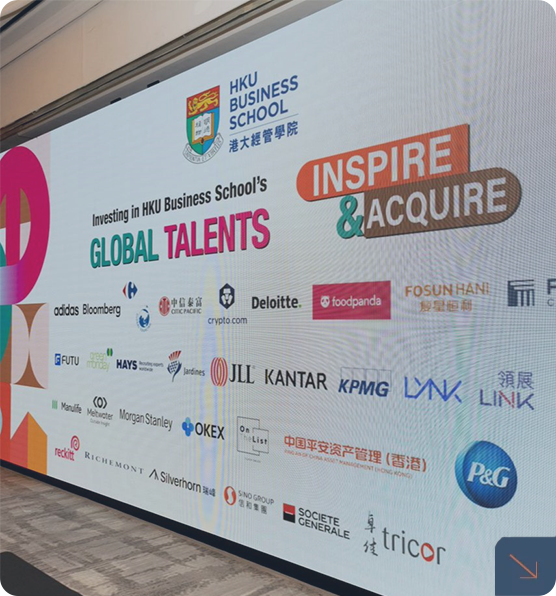The Paradox of a Pandemic: How Infectious and Restriction Saliences Shape Consumer Food Waste Behaviors
SPEAKER
Prof. Huachao Gao
Associate Professor of Marketing and International Business
Peter B. Gustavson School of Business
University of Victoria
ABSTRACT
Consumer food waste, with its vast social, economic, and environmental implications, has been spotlighted during the COVID-19 pandemic, which disrupted food supply chains and heightened food insecurity. This study delineates the contrasting effects of infectious salience and restriction salience on food waste behavior. We find that infectious salience tends to increase food waste due to a heightened safety mindset, whereas restriction salience reduces waste by inducing a scarcity mindset. To address these dynamics, we propose and evaluate interventions that leverage the notion of resource scarcity and the financial consequences of wasted resources to decrease food waste during pandemic conditions. Additionally, we introduce a safety-focused intervention designed to neutralize the excessive safety mindset driven by infectious salience. Our empirical investigation includes a comprehensive field study, analysis of a secondary dataset, a laboratory experiment focused on actual food waste behavior, and three auxiliary experiments, all of which substantiate our conceptual model. These varied methodologies highlight the effectiveness of safety interventions implemented through different mediums, such as table tents, napkins, and to-go containers. This research harmonizes conflicting views on pandemic-induced changes in food waste, deepens the theoretical understanding of pandemic-related food waste phenomena, and suggests practical approaches for marketers and policymakers to curb consumer food waste in the context of pandemics.





